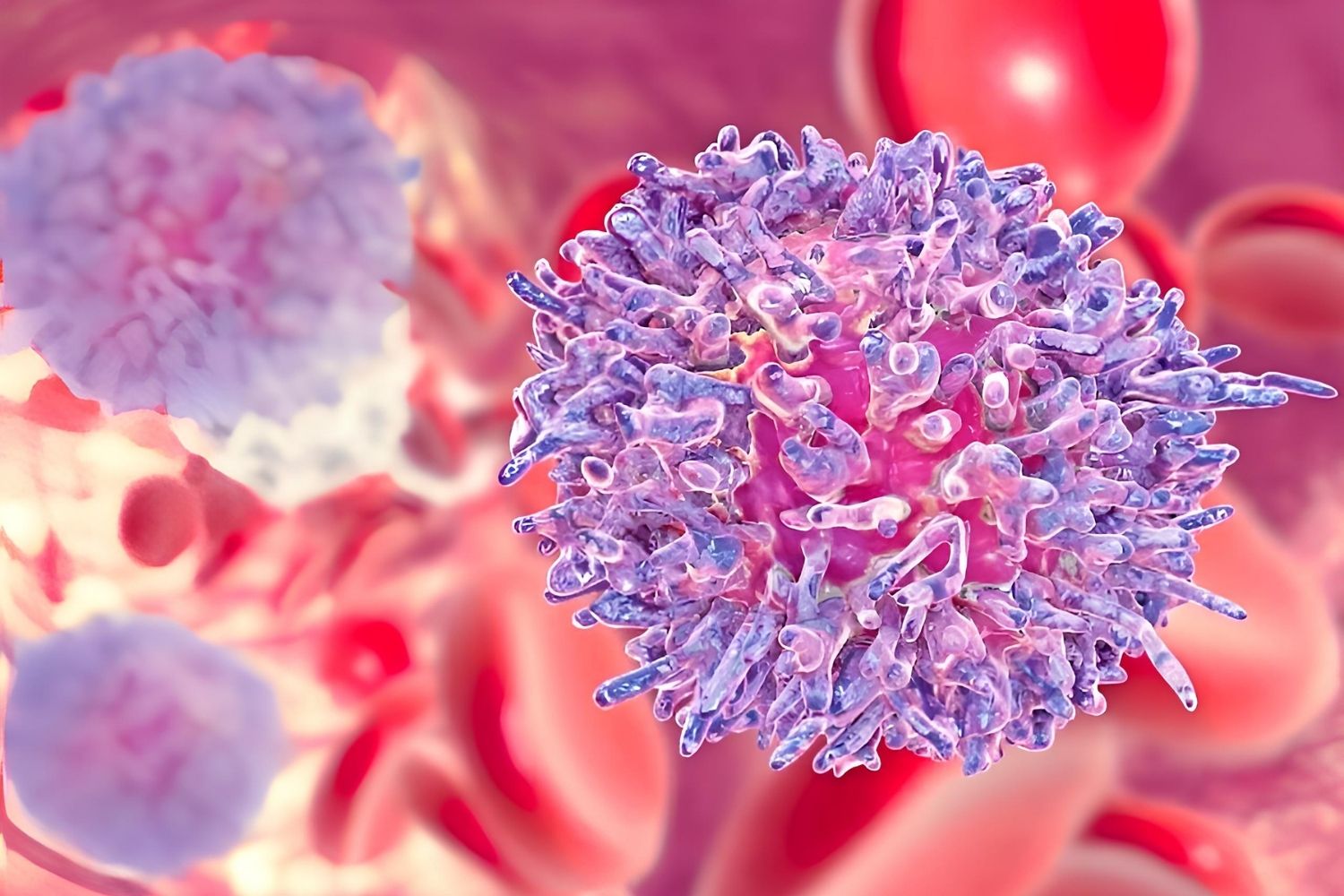
What exactly is a lymphatic neoplasm? In simple terms, it's a type of cancer that starts in the lymphatic system, which is part of your body's immune system. This system includes lymph nodes, spleen, thymus gland, and bone marrow. Lymphatic neoplasms can be either Hodgkin lymphoma or non-Hodgkin lymphoma, each having different characteristics and treatment options. These cancers can affect anyone, regardless of age or gender, though some types are more common in certain groups. Understanding the basics of lymphatic neoplasms can help you recognize symptoms early, seek timely medical advice, and explore treatment options. Let's dive into 30 intriguing facts about this complex condition to expand your knowledge and awareness.
Key Takeaways:
- Lymphatic neoplasm, or lymphoma, is a type of cancer that affects the body's immune system. It can be diagnosed through symptoms like swollen lymph nodes, fever, and weight loss.
- Treatment for lymphoma includes chemotherapy, radiation therapy, immunotherapy, targeted therapy, and stem cell transplant. Prognosis and survival rates have improved with advancements in treatment.
What is Lymphatic Neoplasm?
Lymphatic neoplasm, also known as lymphoma, is a type of cancer that originates in the lymphatic system. This system is part of the body's immune system and includes lymph nodes, spleen, thymus gland, and bone marrow. Understanding lymphoma is crucial for recognizing symptoms, seeking treatment, and improving outcomes.
- Lymphoma is divided into two main types: Hodgkin lymphoma and non-Hodgkin lymphoma.
- Hodgkin lymphoma is characterized by the presence of Reed-Sternberg cells.
- Non-Hodgkin lymphoma encompasses a diverse group of blood cancers that affect lymphocytes.
- Lymphoma can occur at any age but is most commonly diagnosed in people over 60.
- Symptoms often include swollen lymph nodes, fever, night sweats, and weight loss.
Causes and Risk Factors
The exact cause of lymphatic neoplasm is not well understood, but several risk factors can increase the likelihood of developing this type of cancer. Knowing these factors can help in early detection and prevention.
- Genetic mutations play a significant role in the development of lymphoma.
- A weakened immune system, due to conditions like HIV/AIDS or immunosuppressive drugs, increases the risk.
- Exposure to certain chemicals, such as pesticides and herbicides, has been linked to lymphoma.
- Family history of lymphoma can increase an individual's risk.
- Certain infections, like Epstein-Barr virus and Helicobacter pylori, are associated with higher lymphoma risk.
Diagnosis and Staging
Accurate diagnosis and staging are essential for effective treatment planning. Various tests and procedures help determine the type and extent of lymphoma.
- A biopsy, where a sample of lymph node tissue is examined, is the primary method for diagnosing lymphoma.
- Imaging tests like CT scans, PET scans, and MRIs help in staging the cancer.
- Blood tests can reveal abnormalities in blood cell counts and organ function.
- Bone marrow biopsy may be performed to check if lymphoma has spread to the bone marrow.
- Staging ranges from I (localized) to IV (advanced), indicating the extent of cancer spread.
Treatment Options
Treatment for lymphatic neoplasm varies based on the type, stage, and overall health of the patient. Multiple approaches can be used to manage and treat lymphoma.
- Chemotherapy is a common treatment that uses drugs to kill cancer cells.
- Radiation therapy targets specific areas with high-energy rays to destroy cancer cells.
- Immunotherapy boosts the body's immune system to fight cancer.
- Targeted therapy focuses on specific molecules involved in cancer growth.
- Stem cell transplant replaces damaged bone marrow with healthy cells.
Prognosis and Survival Rates
The prognosis for lymphoma patients depends on various factors, including the type and stage of cancer, as well as the patient's overall health. Survival rates have improved significantly with advancements in treatment.
- The five-year survival rate for Hodgkin lymphoma is about 87%.
- Non-Hodgkin lymphoma has a five-year survival rate of approximately 72%.
- Early-stage lymphoma has a better prognosis compared to advanced stages.
- Younger patients generally have higher survival rates.
- Ongoing research and clinical trials continue to improve treatment outcomes.
Living with Lymphoma
Living with lymphoma involves managing symptoms, undergoing treatment, and maintaining a good quality of life. Support and resources are available to help patients and their families.
- Regular follow-up appointments are crucial for monitoring health and detecting any recurrence.
- Support groups provide emotional and practical support for patients and caregivers.
- Healthy lifestyle choices, such as a balanced diet and regular exercise, can improve overall well-being.
- Mental health support, including counseling and therapy, is important for coping with the emotional impact of cancer.
- Advances in treatment and supportive care have made it possible for many lymphoma patients to lead fulfilling lives.
Final Thoughts on Lymphatic Neoplasms
Lymphatic neoplasms, or cancers of the lymphatic system, are complex diseases that require attention and understanding. Knowing the symptoms, risk factors, and treatment options can make a big difference in early detection and management. From Hodgkin's lymphoma to non-Hodgkin's lymphoma, each type has unique characteristics and challenges. Advances in medical research have improved treatment outcomes, offering hope to many affected individuals. Staying informed and proactive about health can lead to better quality of life and survival rates. If you or someone you know is facing a lymphatic neoplasm, consult healthcare professionals for personalized advice and support. Remember, knowledge is power when it comes to battling cancer. Stay vigilant, stay informed, and take charge of your health.
Frequently Asked Questions
Was this page helpful?
Our commitment to delivering trustworthy and engaging content is at the heart of what we do. Each fact on our site is contributed by real users like you, bringing a wealth of diverse insights and information. To ensure the highest standards of accuracy and reliability, our dedicated editors meticulously review each submission. This process guarantees that the facts we share are not only fascinating but also credible. Trust in our commitment to quality and authenticity as you explore and learn with us.
